BY: Sefanit Abbi, Taylor Harris, Ariana Swindell, and Laila Johnson
DJs and their art are credited to be the founders of hip-hop because of their ability to hold space. DJs are able to control their spaces with the music they create, keeping their fingers on the pulse of what keeps the culture innovative and continuously evolving.
How It began...
DJing first hit the scene during the early ’70s in the Bronx created by Jamaican-born DJ Kool Herc. The technique, developed and perfected by few during this time, used two identical records extending the instrumental section or break of a particular song. Disco records were commonly used in the scratching of Djing because of their already prolonged instrumental sections. DJing clubs in the 70s provided an inexpensive and “come as you are” atmosphere alternative compared to disco clubs. The art of using the turntable was not only used to play music but to manipulate sounds creating original music.
In 1977, New York DJ Tom L. Lewis published hit disco songs listed by beats per minute as well as the artist. This book helped DJs scope out the songs that possessed the “breakdown” that they would eventually implement into their set.
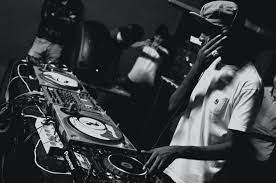

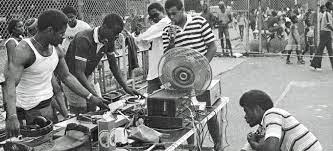
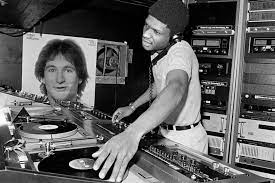
The Original DJs
Clive Campbell, otherwise known as DJ Kool Herc, was one of the first major figures of the hip hop world to come out of New York City. Herc was an immigrant from Jamaica who moved to New York at a young age. Due to his Jamaican heritage, Herc was majorly influenced by reggae as well as by soul, rock, funk, and dancehall. As a teenager in the 1970’s, Herc began using his father’s sound system to throw block parties in the Bronx. As a DJ, Herc was a master at reading his audience, thus, he noticed that crowds engaged most with parts of the song where the percussion stood out. Using this knowledge, Herc played two copies of the same record simultaneously to loop the percussion section of the beat, making the crowd go crazy. As the years progressed, he also incorporated rapping over the beats. DJ Kool Herc made a name for himself using this method, gaining him popularity all over the city and solidifying his place in hip hop history as one of the pioneers of Hip Hip.

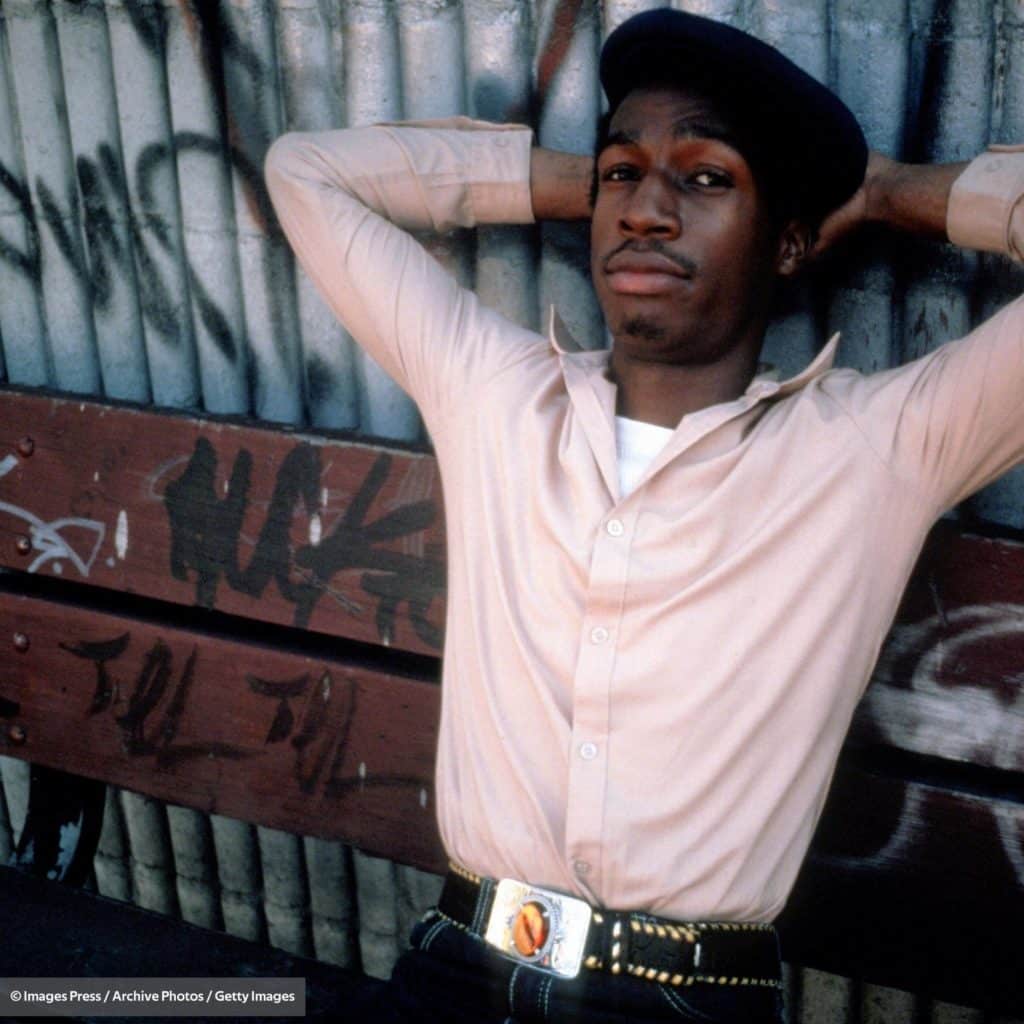
Similar to DJ Kool Herc, Grandmaster Flash, or Joseph Saddler, began his career in the Bronx during the 1970’s. He was also a child of immigrants who was fascinated by the home-made mixing tools his parents had at home. This fascination coupled with Flash’s determination led to the creation of “turntablism”, or the use of a record player as a musical instrument. By 1977, Grandmaster Flash was a household name in the Bronx and his “Quick Mix Theory” was gaining popularity quickly. As time went on, Flash continued to stay a prominent figure in the Hip Hop scene, however, his record “The Message” solidified his spot amongst the greats. “The Message” was the first rap song that detailed the plight of black people who resided in inner cities. This song sparked the trend of social commentary in rap music and Grandmaster Flash continues to be considered one of the greats.
Bambaataa is one of the originators of breakbeat djing (Bambaataa Kahim Aasim) artistic contribution to the development of the culture was his aesthic commitment to exploring rare sounds and interpolating them into the creative fabric of hip hop music. member of the notorious black spades gang in the bronx , occupied w djing rather than violence. known as the “master of records “ his uncanny way of finding beats from various musical genres. started a nonviolent organization called the Youth Organization (Zulu Nation) at the Bronx River Projects in 1973 , rapper against rapper rather than knife against knife- old school era.
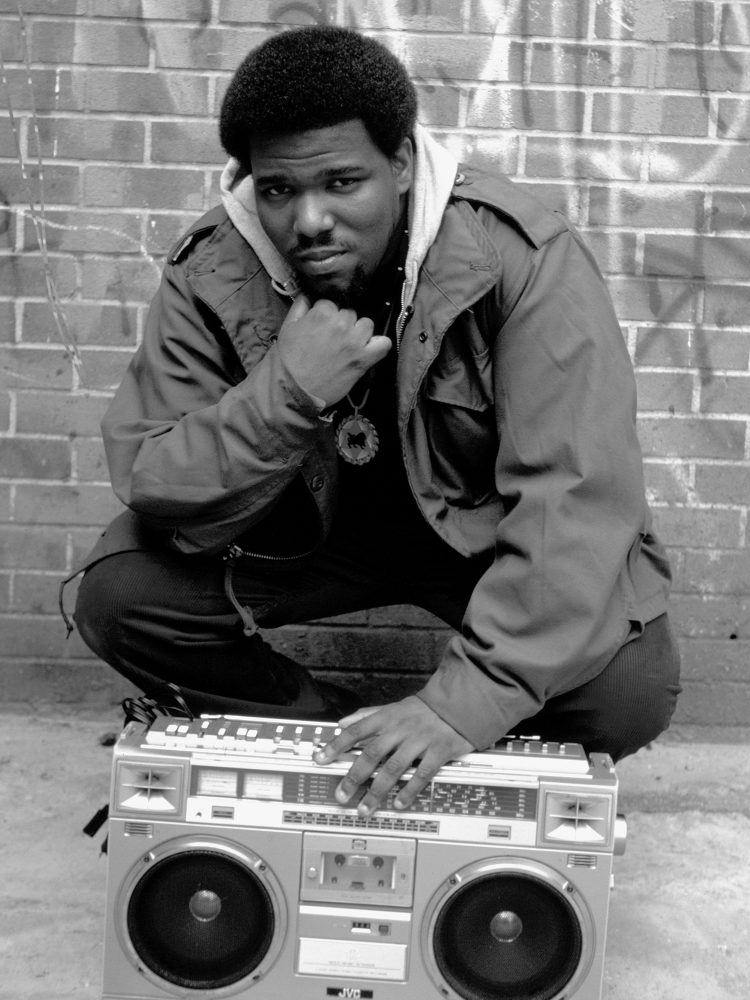
Where is it now...?
DJing, as it is now understood, shares many similarities and differences compared to how it was originally intended. Nowadays, people often get the term DJ confused with producer, and many assume they are the same role. Considering that many producers DJ and vice versa, this is not without cause. However, because of this phenomenon, DJing has moved away from being the medium through which aspiring musicians share their music with the world; it has now become a marketing tool for a DJ’s own music. In an article by Funk Butcher, a self-proclaimed “real DJ,” he writes,” DJs, irrespective of whether they produce their own music or not, were always supposed to create a tapestry of sounds that would define them and make their sets marketable and unique.”

On the other hand, some aspects of DJing have remained consistent throughout the years. A DJ is still the center of social gatherings such as at nightclubs, parties, etc. DJs are still in charge of keeping the crowd engaged and detecting the crowd’s mood in order to better control the space. Their job has been made much easier since the technological advancements of the 21st century with many forsaking records for computers. Furthermore, the development of streaming services such as Spotify and Apple Music have made it easier for DJs to have greater access to music.
Additionally, DJing is now primarily associated with EDM/house music and whiteness. When typing “famous DJs” into google, ten white European men pop up first who are all considered producers as well. This is yet another continuation of how Black music and culture have been infiltrated by white people and popularized without the full acknowledgment of where it came from.

